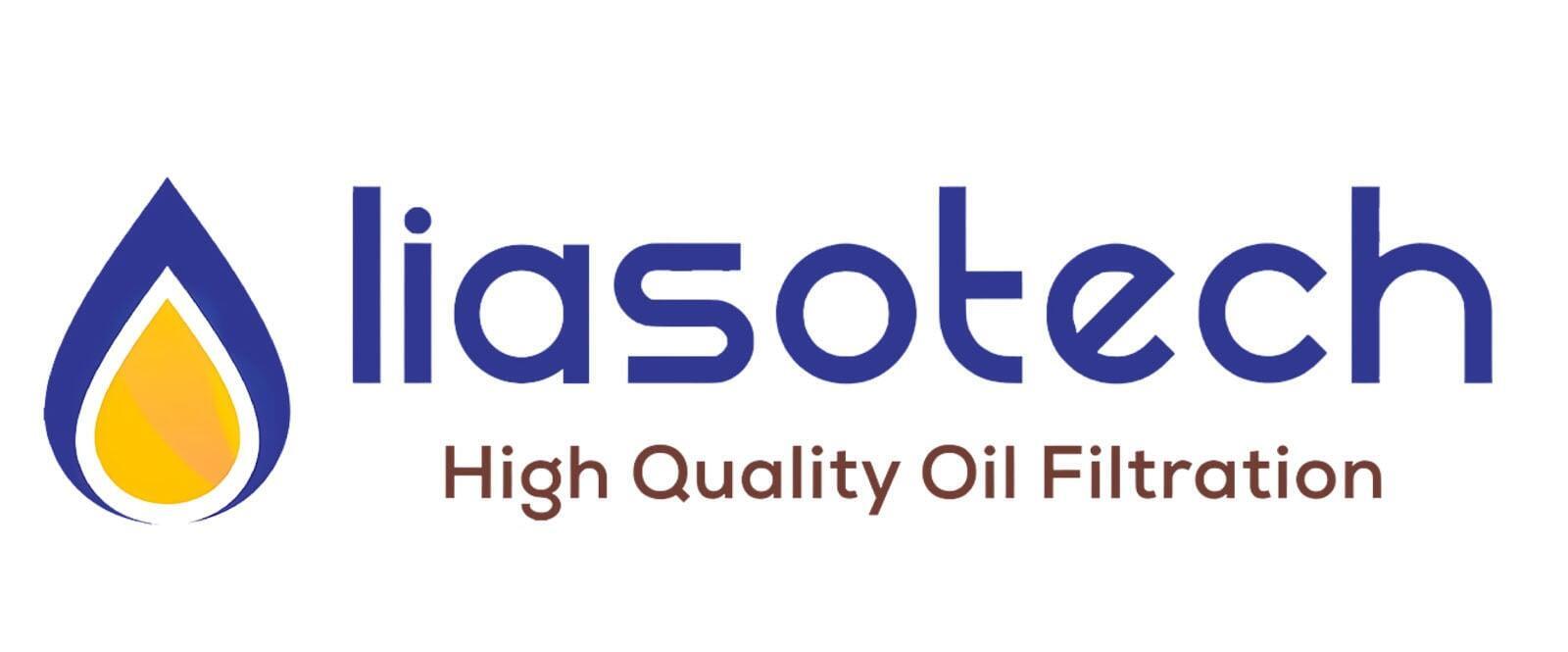Oil analysis is a methodical approach used to evaluate the condition and overall health of lubricating oil in machinery.

Oil analysis is a critical tool for understanding the health of lubricating oil, which is directly controlling equipment performance and longevity. By regularly analyzing oil samples, industries can detect early signs of contamination, degradation, and wear, enabling proactive maintenance. Here’s how oil analysis evaluates oil condition:
Contamination Detection: Analyzing water, dirt, fuel, and other contaminants can identify potential sources of pollution or leakage. Contaminants can accelerate wear and tear on machinery, early detection is important for avoiding costly repairs.
Viscosity Assessment: Measuring viscosity levels helps ensure the oil maintains the necessary thickness to lubricate effectively under operational conditions. Deviations in viscosity can indicate contamination, oxidation, or thermal degradation.
Oxidation and Acid Levels: By evaluating oxidation and acid numbers, oil analysis reveals the extent of chemical breakdown and acidic buildup. High levels can indicate excessive heat or aging oil, both of which degrade lubricating properties and may damage machinery.
Wear Particle Analysis: This process identifies metal particles in the oil, which indicate internal wear. Tracking wear particles provides insight into the health of specific components, helping predict failures before they happen.
